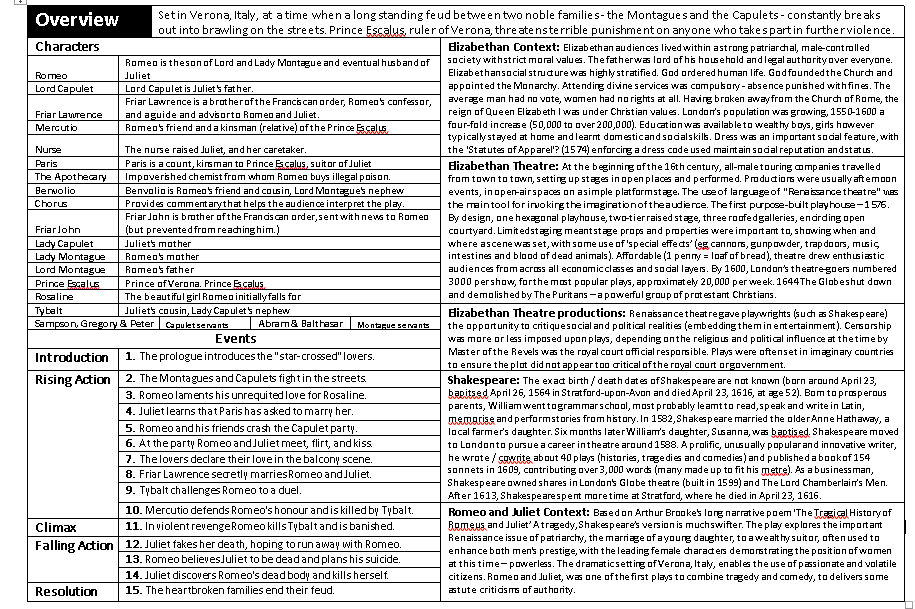Hats-off to all those school leaders that have ensured that schools open and operate as effectively as foreseeably possible. Hats-off to all those returning teachers adjusting to the new normal. Hats-off to the students who have played their part.
If social media was anything to go by, many teachers had invested a great deal into the restart. Many teachers, like myself, find themselve mobile. I have books and resource parked in classrooms on the first and third floors, and over at our onsite inclusion learning base. Lesson finish promptly before I hot-foot it over to the next class, ready and waiting for me to arrive. I am sure many teachers are experiencing something similar.
After the “welcome back,” reinforcing the school values, setting up the exercise book we got straight to it. That included an opportunity to roadtest classroom.remembermore.app (CRM) and the CRM routine with a text suitable for the Y5-Y7 transition.
Step 1: The big picture – A Story Like the Wind.
A beautifully illustrated story of hope, freedom, remembrance, music, and seeking refuge. A small group of refugees is crowded onto a boat on the open sea. They share their stories as the boat travels towards the dream of safety and a new life. A brief overview of the aims, how they connect, link to Google Classroom, Wakelet and Knowledge Organiser.


I really like Wakelet for curating resources. One link, all the resources. I then use Google Classroom to organise these.
Step 2: The small picture: Context
A short outline of the next meso-cycle. (English Year 7 – the meso-cycle is 10 lessons over two weeks. Context – middle to lower prior attainment group from a variety of feeder schools with a number of students with SEND and in class support. Unsurprisingly, this meso-cycle is about the text context. Backlground to the long running sectarian Syrian civil war and a little about author Gill Lewis and illustrator Jo Weaver.
Step 3: An introduction to classroom.remembermore.app – tag context
I find quizzing an effective approach to substantive content (and sooner rather than later – vocabulary). After hot-footing it up, down or over to the new classroom and switching users – in less time then it takes Usain Bolt to run 100m, I have three question (1-15) prompts and answers displayed on the board.
Click CRM bookmark and then “A Story Like the Wind,” deck.

Select tags # context, number of questions (3), countdown (5 mins), Begin.

Answers – reveal on a click or ‘Reveal all.’, a photo of young Syrian boy playing the violin, Jo Weaver. Approximately half.
With the students focused, independently working, it is almost silent. I use this opportunity to take the register and set up the transition activity to the lesson.
Benefits of hindsight
With a multiple introductions and almost daily use of the routine, I have record the steps I take here.
New for this year – when introducing the routine, I selected a very tight tag (Context – 16 cards) and just three questions. I introduced the routine and I then repeated it.
Despite heavily emphasising, and showing the students that they need to leave space after a prompt for their response – students still forgot to leave a space – I will get that right.
Only 60% of students had a highlighter. We went with underline for self-correction. The following lesson almost all of the students had highlighters. #Pride in their work.
With A Story Like the Wind now complete, classroom.remebermore.app is ready to go and I hope to publish the deck via the App Stores soon.
The next step is most likely going to be with Year 8 and A Christmas Carol. A visit to the Headteacher to ask if I can combine classroom.remebermore.app and Remembermore.app.
Update: The deck is now complete and offers the benefits of hindsight. Prompts targeting the students misunderstandings rather than misconceptions and two key adaptations. Story Like the Wind retells two stories, that of the narrator and the refugees on a boat, a the fable of Rami and the Dark Lord. We now have two tags, #plot and #subplot to identify both tracks and tags for each of the themes and the themes of Freedom, Hope, Music, Refugee and Remembrance are now tried and tested.
With the feature show/hide tags, you can choose to explore the students understanding of these themes by “hiding” the tags.
A unit of work below.


